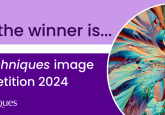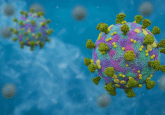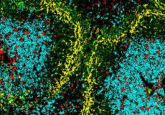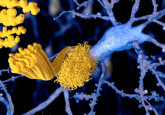Meet the judges of the BioTechniques image competition 2024

We are excited to announce our judging panel for the 2024 image competition.
Submissions are now closed.
After our submission window has closed, your images and supporting information will be sent to our judges. They will score each image based on scientific impact, image quality and wow factor, narrowing the pool of images down to the ten highest scorers. Then, we hand over to you; a public vote will follow, allowing you to choose which image is your favorite.
Michelle Itano – BioTechniques’ Editor-in-Chief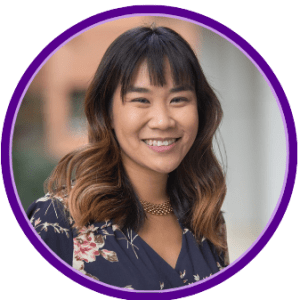
Michelle Itano is a cellular biophysicist, Assistant Professor of Cell Biology and Physiology and Director of the Neuroscience Microscopy Core at the University of North Carolina – Chapel Hill (NC, USA), where she develops and customizes state-of-the-art optical imaging and analysis applications for a wide range of scientific research. She utilizes innovative fluorescence microscopy methods — including dual selective plane illumination light-sheet imaging and iterative RNA in situ hybridization spatial distribution analysis in tissue — to investigate previously intractable questions in cell and neurobiology.
As a graduate student with Ken Jacobson at the University of North Carolina, Michelle used advanced fluorescence microscopy techniques, including applying new methods of super-resolution microscopy, to investigate the function, distribution and kinetics of proteins that form microdomains on the cell membrane and have relevance to human disease. During this time, she became very interested in ways to combine her background in genetics and cell biology to investigate the ways in which viruses and their hosts interact. During her postdoctoral research with Sanford Simon at The Rockefeller University (NY, USA), she integrated the fields of genetics, cell biology, virology and biophysics, by applying her knowledge of studying interactions at the level of a single molecule to better understanding the mechanisms by which viruses lead to disease in a host organism.
In 2019, she was selected to be a CZI Imaging Scientist. She is also very invested in facilitating collaborations between researchers, software and infrastructure engineers and computing specialists to design and disseminate efficient bioimaging pipelines.
Joshua Rappoport – Executive Director, Research Infrastructure & Operations, Boston College (MA, USA)
Joshua Z. Rappoport received a bachelor’s degree in biology from Brown University (RI, USA) and then went on to earn a PhD from the Program in Mechanisms of Disease and Therapeutics at the Mount Sinai School of Medicine Graduate School of Biological Sciences of New York University (NY, USA). Following defense of his thesis, Joshua went on to perform postdoctoral work at The Rockefeller University in New York City (NY, USA) in the Laboratory of Cellular Biophysics. Subsequently he was recruited as a faculty member in the School of Biosciences at the University of Birmingham (UK).
In 2014, Joshua returned to the United States to become the Director of the Center for Advanced Microscopy and Nikon Imaging Center at the Northwestern University Feinberg School of Medicine (IL, USA), and a faculty member in the Department of Molecular and Cell Biology. Starting in March 2019, Joshua moved to Boston College (MA, USA), where he is the Executive Director, Research Infrastructure & Operations, working to assist with strategic organization and operations in the sciences.
Jasmine Hagan – Journal Development Editor of BioTechniques
Jasmine graduated from the University of Kent (UK) in 2021. Her interest in exploring new ways to remain connected with the scientific community, without direct involvement in laboratory work, led her to pursue a career in scientific publishing.
Jasmine joined Future Science Group in 2022 as a Commissioning Editor before moving into her current role as a Journal Development Editor at Taylor & Francis. In her role, she handles the day-to-day management of the BioTechniques journal. Her responsibilities include commissioning content for the journal and guiding authors through the publication process.
Her familiarity with BioTechniques’ scope and audience give her an important perspective on which images have potential to be our journal cover!

